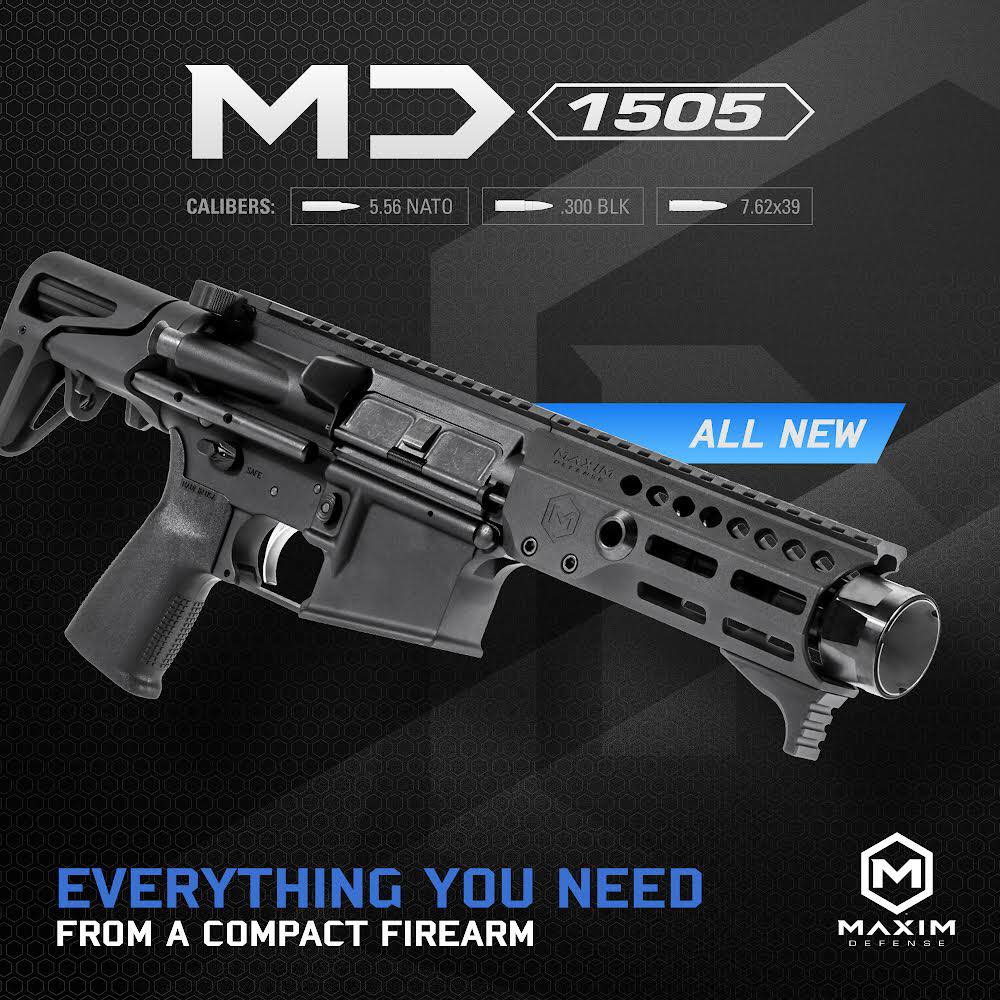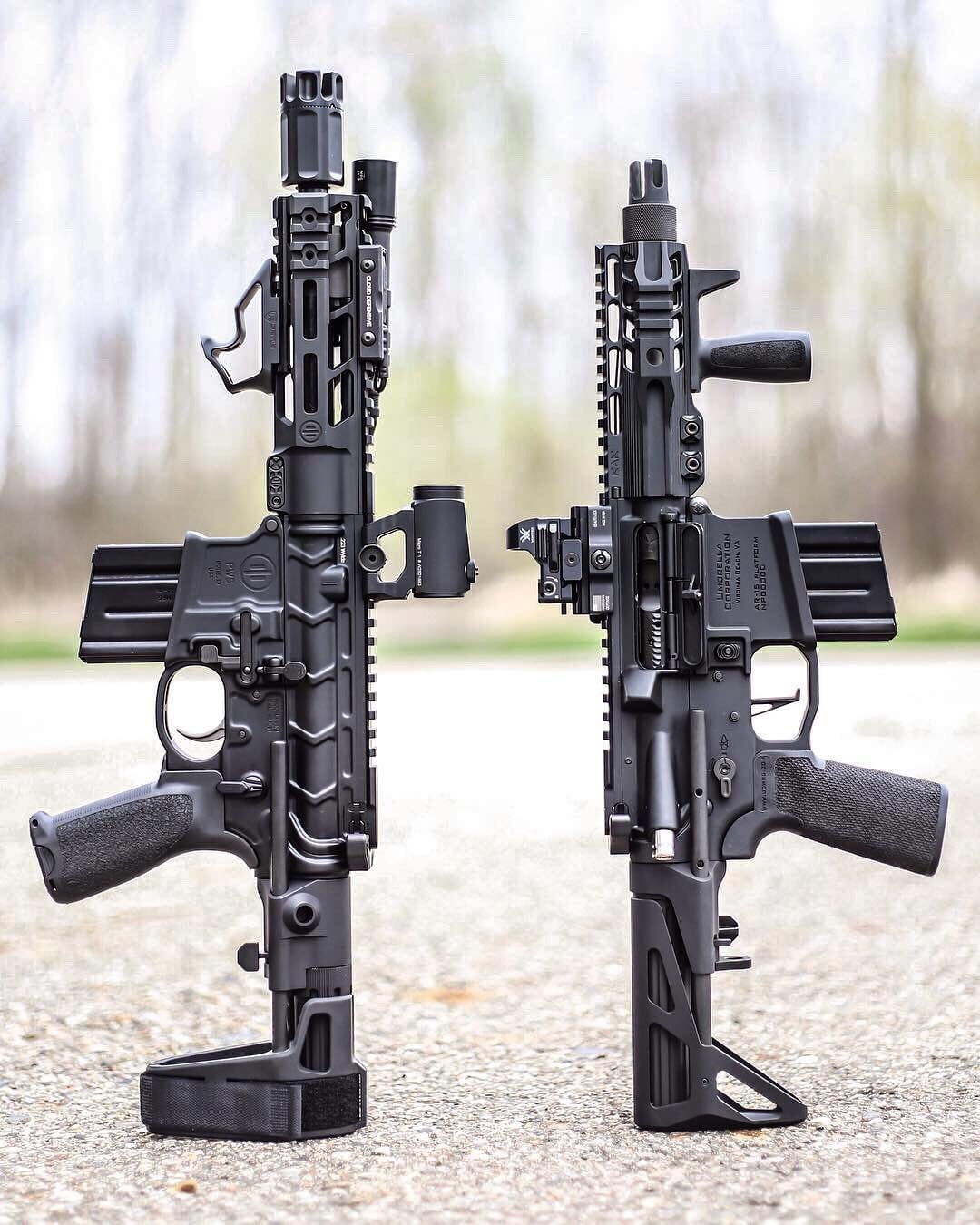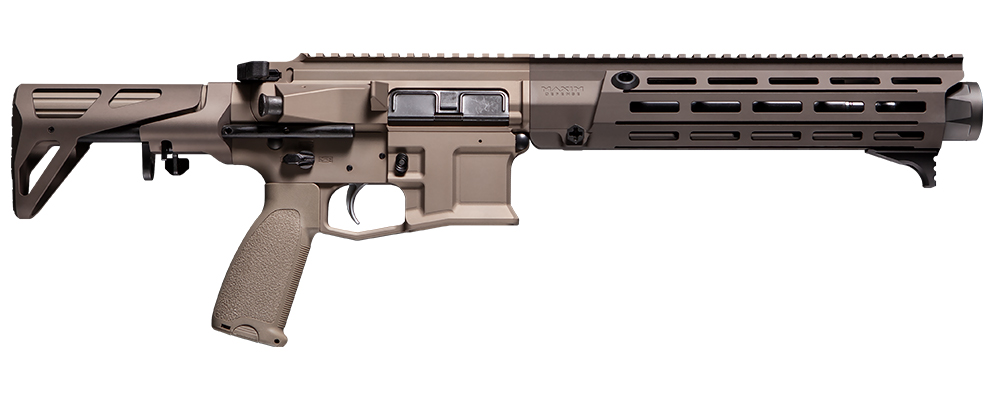When it comes to the government, they try and make things much harder than they have to be. All the difficulties make their efforts act kind of like a deterrent, especially if we’re talking about the NFA (National Firearms Act).
In fact, way back when the NFA was originally created, it was to help impose some way of making it nearly impossible to purchase or make certain weapons. How’d they do this? They created a mandatory $200 tax stamp you’d have to pay if you wanted to own one of their classified firearms.
Now throw in all the legal mumbo jumbo, that’s clear as mud, confusion about open letters, ever-changing laws, federal vs. state, what ATF form(s) to fill out…see, harder than it has to be.
We’re here to (hopefully) help turn that mud into more of a dirty pond and give a little advice on how to build your first SBR legally.

RELATED – Pistol Brace Ban Updates and How the ATF is losing
Tax Stamp
Now, I know what some of you are thinking, $200 isn’t much of a deterrent. Maybe not, but it was back in the day when this law was first implemented. $200 was such a high price to pay that most couldn’t afford it and would either be law-abiding citizens and not own this sort of weaponry, or they’d be non-law-abiding citizens, and they’d do what they were planning to do in the first place.
Because even back then, more laws didn’t stop bad people from doing bad things.
What makes this deterrent so funny is that the price has never gone up, and $200 has become attainable to many people. Now, it’s the confusing legal jargon and complex forms that act as your deterrent. But don’t let that confuse you; you still have to pay the $200 tax stamp before building your SBR.
How to Legally Build a Short-Barreled Rifle
So, how do you go about building a SBR legally? First, we start with the laws, which I covered in a prior blog post. You can go back and read it, but I’ll do a very quick recap because most of you are probably too lazy to go looking (hint the link is down a few lines).
And please, don’t get your panties in a bunch when you think something was left out—it’s probably covered in one of the other SBR blogs I’ve written and in much greater detail (probably in one of the links listed below).
- The Best AR Pistol Brace and What You Need To Know Before Buying
- Best AR Pistol Brace and How the ATF is Viewing Them
So, first, for our little recap. Short Barrel or Short-Barreled Rifles (SBRs) are legal, depending on where you live. While federally speaking, it is legal to both own and build your own SBR, some states or cities have stricter laws in place, making it illegal.
Here are some important definitions to remember…
SBR
"Rifle having a barrel or barrels of less than 16 inches in length."
Weapon Made From a Rifle
"Overall length of less than 26 inches or a barrel or barrels of less than 16 inches in length."
C&R Firearms
If you happen to live in a state that doesn’t allow you to own an SBR for recreational use, there’s a chance they might let you own SBRs under the definition of a C&R firearm. For instance, if the SBR is over 50 years old, it might qualify.

If C&R isn’t for you, you can legally own a rifle, and want to start an SBR build (maybe for no other purpose than it’s your God-given right as an American citizen) then you "simply" need your tax stamp.
I put "simply" in quotes because, as stated before, nothing with the government is ever going to be that easy, and they’ll almost always make things harder than they have to be.
Keep in mind, getting approval for a tax stamp means you need to qualify for regular gun ownership as well—in case someone needs me to state the obvious.
Basically, if you can’t legally purchase a standard rifle, applying for a tax stamp is pretty pointless. You still have to be able to pass a background check, be of age, and not be a felon—you get the point, I hope. Really, your first step is legally being able to purchase a rifle.
What’s the Difference Between an AR-15 Style Pistol and a Short Barrel Rifle
Before you get started on your build, you should know what makes it an NFA firearm and what doesn’t. The difference is in the stock. There are pistol braces and rifle stocks.
A pistol brace on an AR-style pistol doesn’t need a tax stamp because it’s not "intended" to be shoulder-fired.
Rifle stocks are intended to be shoulder-fired, and if you have a rifle stock with a 14" barrel, you must have a tax stamp to own or build legally, because it’s now an NFA classified firearm.

ATF Open Letters
The part that typically gets people worked up is the thing about open letters. Open letters are just that, they’re letters, not binding laws.
According to an ATF Open Letter:
How you fire the firearm doesn’t really matter (shoulder-fired or not). What matters is the intent behind the system. Was it "intended" to be fired from the shoulder or not? According to an ATF open letter, shooting your pistol brace from the shoulder-fired position doesn’t make it an NFA classified firearm, and you are not obligated to purchase a tax stamp.
All this confusion about open letters, the position you fire from, when a 14" barrel is classified as a SBR or a pistol…I’m pretty sure it’s meant to act as a deterrent by making people afraid to purchase or build SBRs.
Our advice, talk to your local ATF division for further guidance if you’re still swimming in mud.
United States v. Thompson/Center Arms Company
Something to keep in mind: There was a case (United States v. Thompson/Center Arms Company) not that long ago, in the early 90s, where a company sold a kit that could ultimately lead the buyer into creating an AR-15 style pistol OR a SBR.
However, the intent of the kit was for the buyer to create the pistol version, not an SBR. The company won the case because A. The law was vague, and B. Intent.
Starting with AR-15 Style Pistol vs. a Rifle
There are a couple of ways of going about this. There’s the starting with a rifle and getting a shorter barrel for it, and then there’s starting with an AR-15 style pistol and getting a rifle stock for it.
Again, if you have a rifle stock on a barrel under 16", you need a tax stamp first. AR-15 style pistols do not require a tax stamp if you have a pistol brace on them. It’s when you decide you’re going to put a rifle stock on your AR-15 style pistol that you’re creating the NFA regulated SBR.

Intent
Let’s cover intent real quick since that’s what seems to matter so much. If you start with the pistol version first and happen to have a short rifle barrel lying around, it can’t be proven that you intended to create a SBR without a tax stamp. Why? Because you have an AR-style pistol with a pistol brace.
AR-15 Style Pistol
However, if you have no pistol brace but you have a short rifle barrel and receiver for a rifle hanging around, well, you have nothing but a SBR to build. And that could get you in a little hot water with the feds.

Basically, if you start with an AR-15 style pistol, the water is a little less gray because the “intent" to build anything else can’t be proven, even if you own a fully assembled rifle and have a short barrel hanging out in the closet.
Why? Because you own a pistol brace, and that court case I wrote about above proves that. However, if you so choose to put a rifle stock on your AR-15 style pistol without a tax stamp, you have committed a federal crime.







Leave a Reply
Your email address will not be published. Required fields are marked *